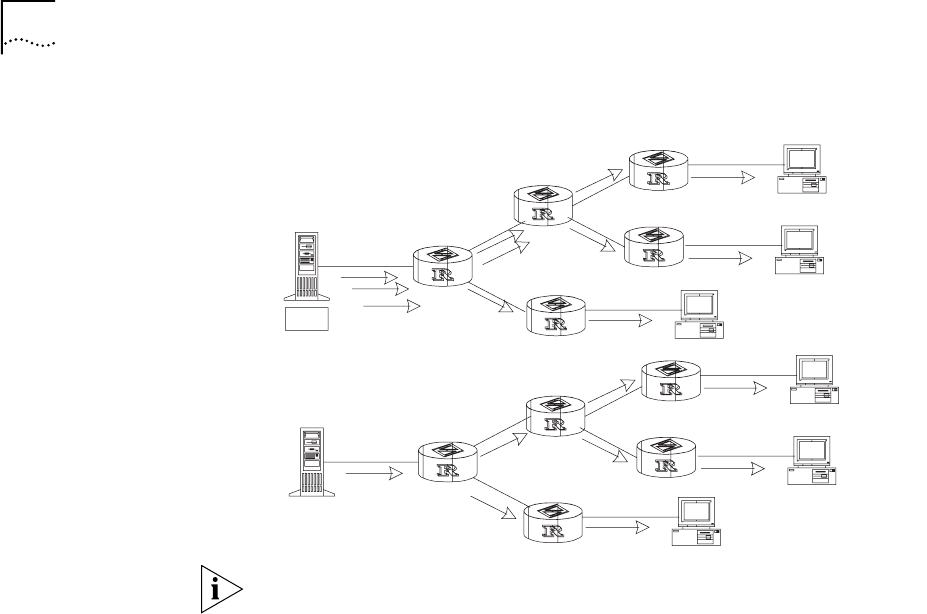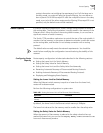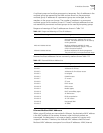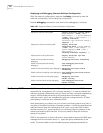
110 CHAPTER 6: MULTICAST PROTOCOL
Figure 26 Comparison Between the Unicast and Multicast Transmission
A multicast source does not necessarily belong to a multicast group. It only sends
data to the multicast group and it is not necessarily a receiver. Multiple sources can
send packets to a multicast group simultaneously.
A router that does not support multicast may exist on the network. A multicast
router can encapsulate multicast packets in unicast IP packets by tunneling and
sending them on to the neighboring multicast router. The neighboring multicast
router removes the unicast IP header and continues the multicast transmission.
Multicast advantages:
■ Enhanced efficiency by reducing network traffic and relieving server and CPU
loads.
■ Optimized performance decreases traffic redundancy.
■ Distributed applications make multipoint applications possible.
Configuring an IP Multicast Overview is described in the following sections:
■ Multicast Addresses
■ IP Multicast Protocols
■ Forwarding IP Multicast Packets
■ Applying Multicast
Multicast Addresses The destination addresses of multicast packets use Class D IP addresses ranging
from 224.0.0.0 to 239.255.255.255. Class D addresses cannot appear in the
source IP address fields of IP packets.
During unicast data transmission, a packet is transmitted from the source address
to the destination address with the “hop-by-hop” principle of the IP network. A
packet has more than one destination address in a multi-cast environment, i.e., a
group of addresses. All the information receivers join a group. Once a receiver
joins the group, data flowing to the group is sent to the receiver immediately. All
members in the group can receive the packets. Membership of a multicast group is
dynamic, that is, hosts can join and leave groups at any time.
Unicast
Multicast
Server
Server
Receiver
Receiver
Receiver
Receiver
Receiver
Receiver


















